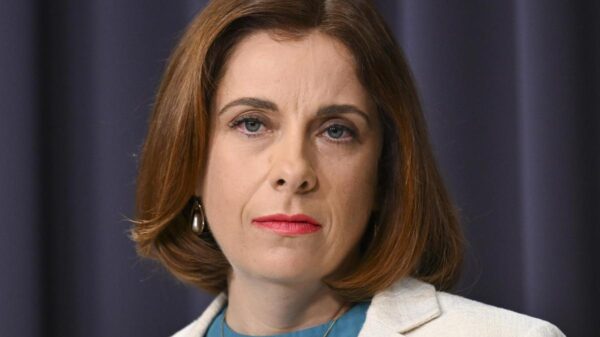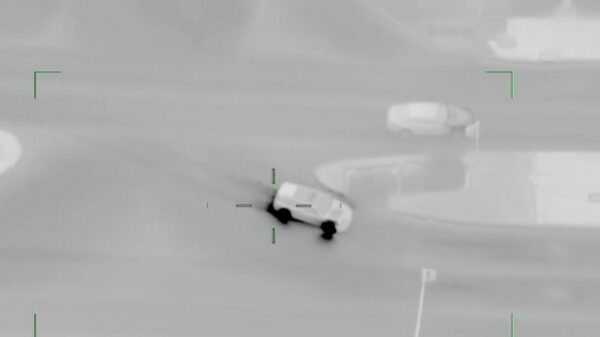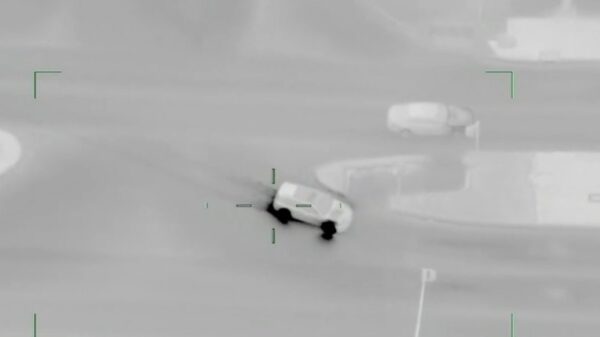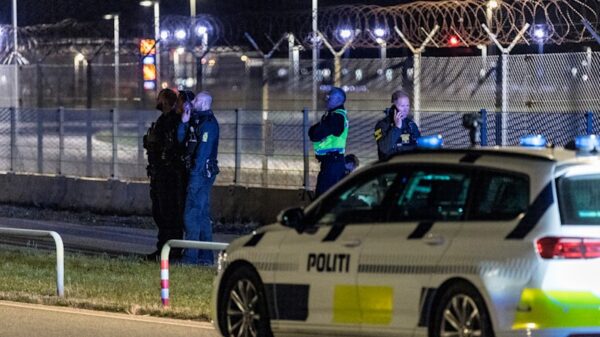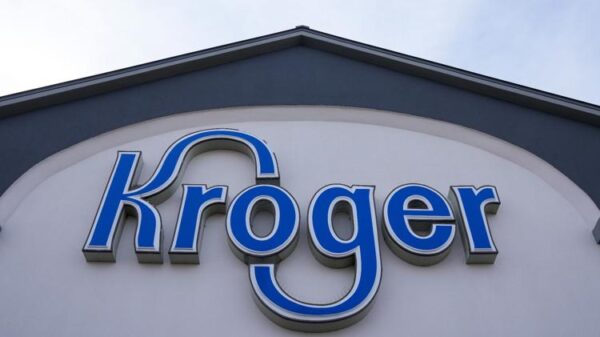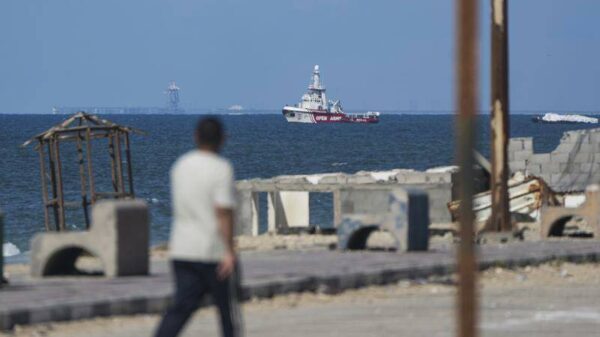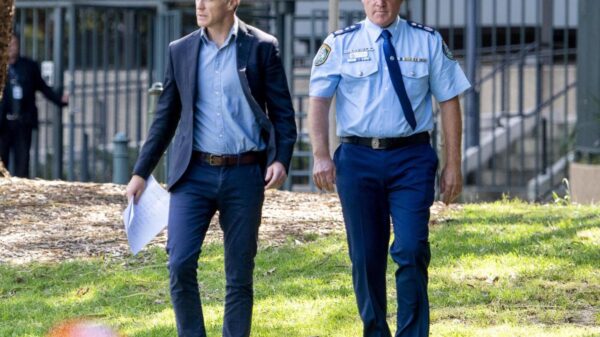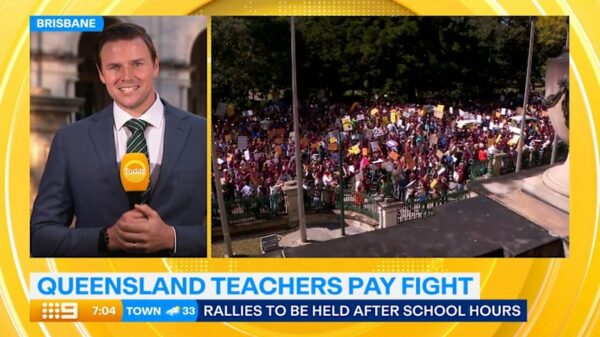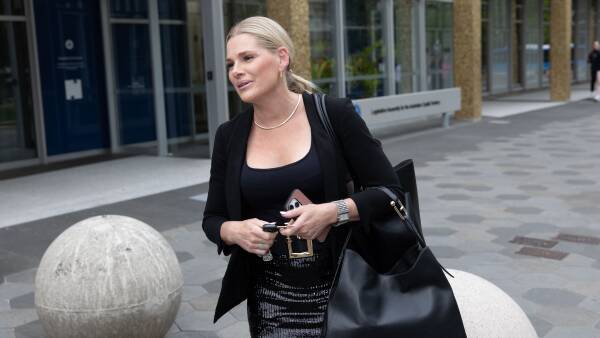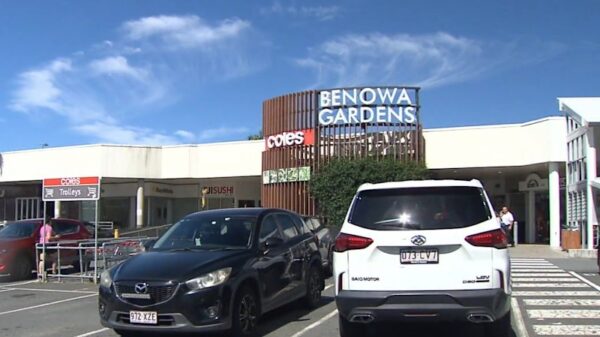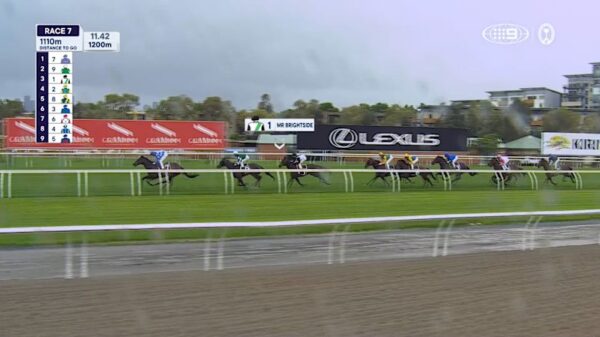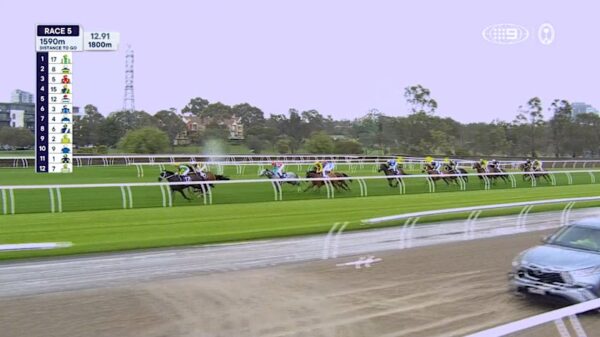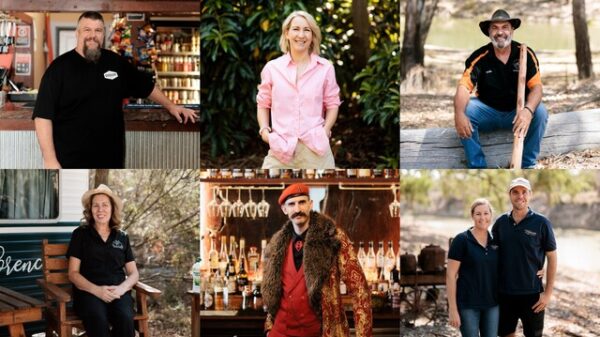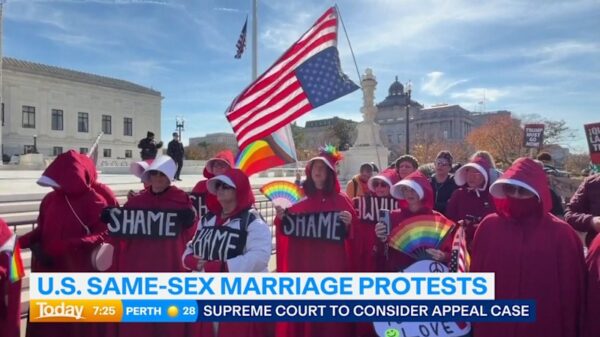The Goorambat East solar farm, located near Benalla in northern Victoria, has successfully sent its first electricity to the grid, marking a significant milestone for the state’s renewable energy landscape. As the largest solar farm in Victoria upon completion, it adds to the growing number of large-scale solar projects, bringing the total to 17.
With a capacity of 250 megawatts, Goorambat East represents Engie’s first solar project in Australia. Engie is also known for its ownership of the Hazelwood Battery in the Latrobe Valley, built on the site of a decommissioned coal plant. The farm incorporates advanced robotic technologies aimed at accelerating the installation process, which traditionally involves significant manual labor.
Engie acquired the Goorambat East project from Neoen in 2023. Approximately six months ago, the installation of around 500,000 solar panels commenced. The project achieved registration status in late September and is anticipated to reach full production by 2026. On Wednesday, it contributed its first few megawatts of power to the state’s grid.
Technological Innovations and Future Capacity
The Goorambat East solar farm is part of a broader movement in Australia to utilize robotic technologies for solar installations. Various companies are collaborating to demonstrate how automation can streamline the installation of solar module mountings and pilings, reducing costs and increasing efficiency.
As it continues through the testing and commissioning process, Goorambat East will go through several “hold points” that may extend over the coming months. Once fully operational, it will surpass the current largest solar farm in Victoria, the Kiamal solar farm.
Despite its significant capacity, Goorambat East will soon face competition from upcoming solar projects. In Victoria, Edify Energy’s Nowingi solar farm, featuring a capacity of 300 megawatts along with a 300 megawatt battery, and Lightsource BP’s 300 megawatt West Mokoan solar farm, are set to outsize Goorambat East. Both projects have received underwriting agreements in tenders held under the federal government’s Capacity Investment Scheme.
Future of Renewable Energy in Victoria
The state government aims to promote wind energy initiatives, as the next tender will exclude solar battery hybrids. This shift is part of Victoria’s strategy to achieve 95 percent renewable energy by 2035. Engie, which also operates wind farms at Willogoleche and Canunda in South Australia, is actively pursuing additional solar and wind projects across the nation.
As the demand for renewable energy sources continues to rise, projects like Goorambat East highlight the transition towards sustainable energy solutions in Australia. The integration of innovative technologies not only promises cost savings but also accelerates the shift away from fossil fuels towards a greener future.

